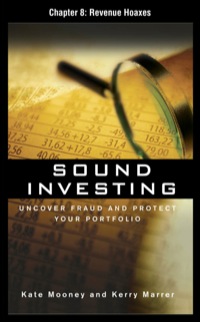Question
An appellate court can: reverse a lower courts decision. affirm a lower courts decision. remand the case to the lower court for further proceedings. do
-
An appellate court can:
-
reverse a lower courts decision.
-
affirm a lower courts decision.
-
remand the case to the lower court for further proceedings.
-
do any of the above.
-
-
Stare decisis is:
-
the doctrine that determines the jurisdiction of courts.
-
the doctrine that establishes the fundamentals of legal reasoning.
-
the doctrine that obligates judges to follow precedents when deciding subsequent cases involving the same or similar facts and law.
-
not accurately described by any of the above statements.
-
-
Which of the following cases examined proximate causation?
-
Marbury v. Madison.
-
Miranda v. Arizona.
-
Palsgraf v. Long Island Railroad Co.
-
-
At the last Yankee game of Derek Jeter's career, Mrs. Jeter, who has attended
hundreds of her son's baseball games, insisted on sitting right behind the dugout (i.e., behind the area where the players sit during the game). She gets hit in the head with a foul ball during the game. If Mrs. Jeter sues the owner/operator of the baseball stadium for her head injuries, the owner/operator's best legal defense is:
-
assumption of the risk.
-
contributory negligence.
-
comparative negligence.
-
the injury was not proximately caused by the foul ball.
-
(10) in order to hear a civil case (i.e., resolve a lawsuit):
-
the court must have jurisdiction over the defendant (i.e., personal jurisdiction).
-
the court must have jurisdiction over the dispute (i.e., subject matter jurisdiction).
-
the court must have both, jurisdiction over the defendant and jurisdiction over the dispute.
-
the court must have either, jurisdiction over the defendant or jurisdiction over the dispute.

Step by Step Solution
There are 3 Steps involved in it
Step: 1

Get Instant Access to Expert-Tailored Solutions
See step-by-step solutions with expert insights and AI powered tools for academic success
Step: 2

Step: 3

Ace Your Homework with AI
Get the answers you need in no time with our AI-driven, step-by-step assistance
Get Started


